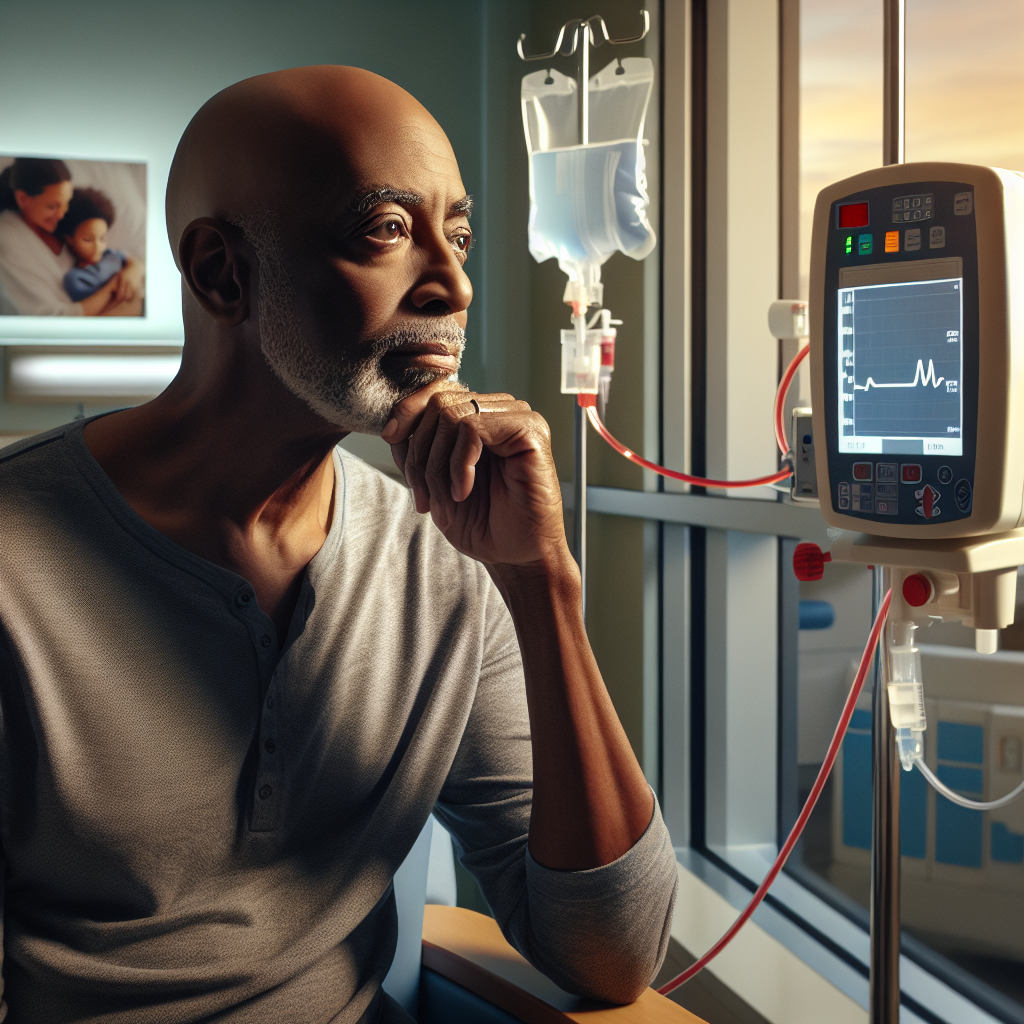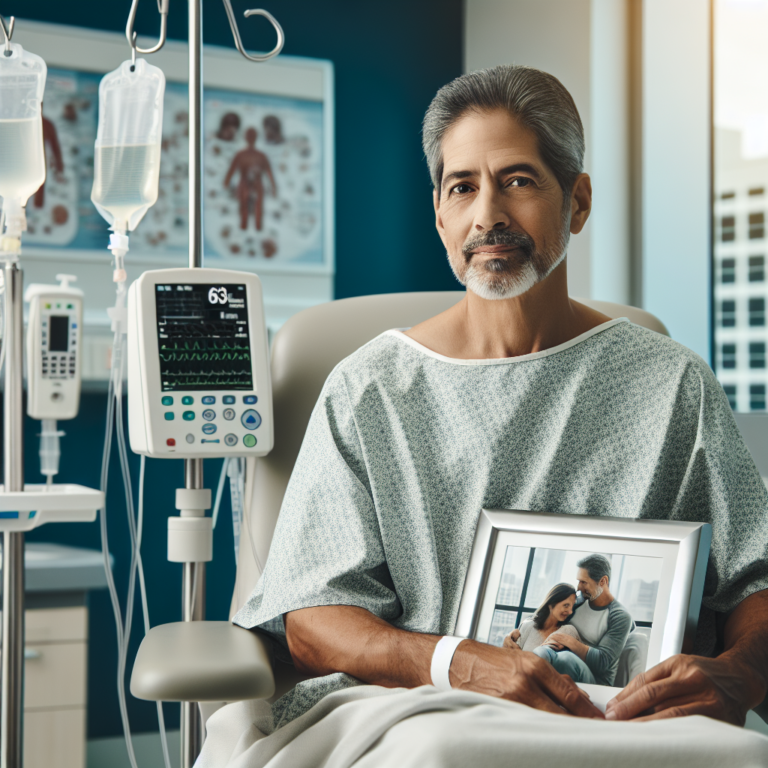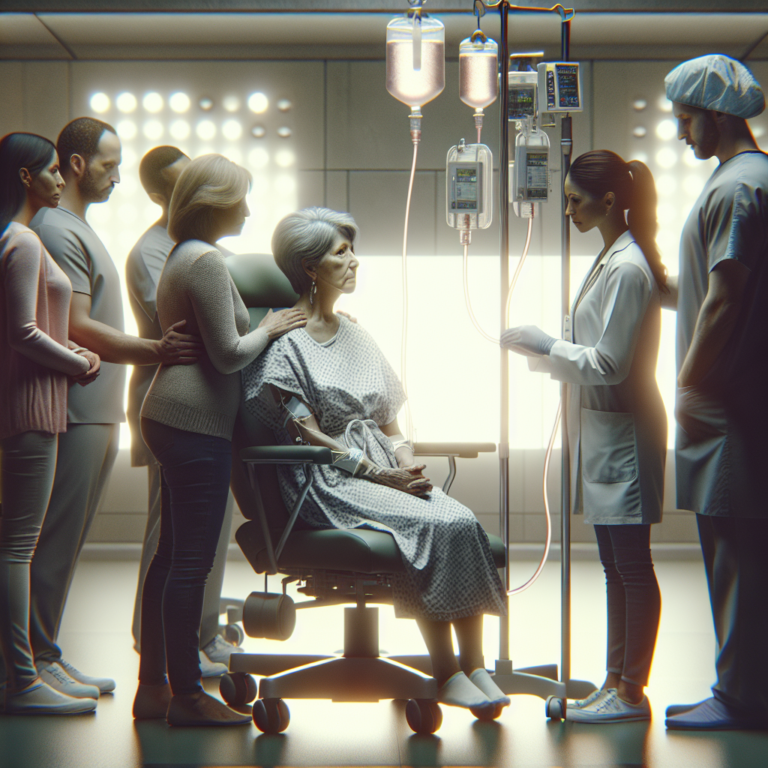Embrace Optimism: Cultivating Hope for a Brighter Future

In March 2019, just as I was about to celebrate my 60th birthday, a routine visit to my cardiologist turned life-altering. A shocking discovery of yellow skin led to a swift ER visit at Genesis Health System Illini Campus in Silvis, Illinois. Following a series of CT scans and blood tests, I received the devastating diagnosis: stage IV pancreatic adenocarcinoma, accompanied by numerous nodules in my lungs. This marked the beginning of a challenging yet hopeful journey.
The Diagnosis: A Tough Battle Ahead
Receiving a stage IV pancreatic cancer diagnosis is daunting, offering little room for optimism. My personal history with this relentless disease deepened my fears; I lost my mother to the same ailment in 2008. Her battle was hindered by misdiagnoses and delays in treatment. Knowing the one-year survival rate was a mere 8% back then, I was committed to taking charge of my health and seeking treatment aggressively.
When doctors at the University of Iowa assessed my prognosis, their grim expressions spoke volumes. They indicated that surgery wasn’t an option for me. However, I was determined not to let despair take over. I quickly reached out to the Mayo Clinic, and within 45 minutes, I had an appointment scheduled, leading to an evaluation in Rochester, Minnesota, approximately 150 miles away from home.
Chemotherapy: The Road to Recovery
The Mayo Clinic team recommended the FOLFIRINOX chemotherapy regimen— the standard treatment for my condition. Upon returning home, my local oncologist, Dr. David Spector, initiated this intensive therapy, which involved eight hours of infusion followed by two days with a wearable chemo pump. Despite the rough start, which included severe abdominal cramps, my treatment plan was adjusted, and I learned the importance of communicating openly with my medical team.
- Initial treatment: FOLFIRINOX
- Side effects: Abdominal cramps, weight gain, exhaustion
- Communication: Essential for successful treatment management
A Glimmer of Hope
Just one month into treatment, my CA 19-9 levels dropped from over 5600 units to under 500, signaling that the treatment was effective. After 15 rounds of FOLFIRINOX, I transitioned to FOLFIRI, which had fewer side effects. My first CT scan after this shift revealed promising results: the nodules in my lungs were vanishing, and the pancreatic mass remained stable.
By the sixth month of therapy, I was encouraged to see my antigen levels nearing normal and significant shrinkage of the tumor. Despite the challenges, including fatigue and dietary changes, I remained grateful for the opportunity to fight this disease. Coincidentally, I was diagnosed around the same time as Alex Trebek, and luckily, my treatment was more effective than his.
Achieving Normalcy
Fast forward to eight months into treatment: my CA 19-9 levels reached 35, falling within the normal range of 0-35. This milestone sparked joy and the first real celebration for my family since my diagnosis. However, a subsequent scan revealed nodule growth, leading to a temporary increase in my CA 19-9 levels.
By December 2020, my antigen levels remained stable, and scans indicated no signs of metastatic disease. For the first time since my diagnosis, I was overwhelmed with emotion upon receiving this news.
- Key milestones:
- CA 19-9 at 35 (normal range)
- No evidence of metastatic disease
- Emotional relief after long treatment journey
Ongoing Treatment and Maintenance
As of April 2023, my CA 19-9 level was an impressive 5, and I experienced no signs of cancer recurrence. My treatment plan includes a combination of 78 chemotherapy rounds and regular CT/PET scans to monitor my health. I recently began a maintenance routine with 5-FU, ensuring continued vigilance against this aggressive disease.
The collaboration between my local team and Mayo Clinic has been invaluable, with their thorough analyses often uncovering details that local radiologists missed. This support has allowed me to receive ongoing second opinions, enhancing my treatment experience.
Spreading Hope and Encouragement
My journey has been one of resilience, and I hope to inspire others facing similar battles. While positive outcomes in pancreatic cancer are scarce, my story stands testament to the possibility of hope and recovery.
I owe my strength to my incredible family—my wife and three children, who have been my unwavering support system. They have taken on responsibilities and have been there for me every step of the way.
Additionally, I’m committed to advocating for cancer awareness and supporting others on their journeys through social media and community engagement.
Final Thoughts
To anyone facing a tough diagnosis, my advice is simple: hold onto hope. There is strength in community and treatment, and together, we can navigate the challenges of cancer.






